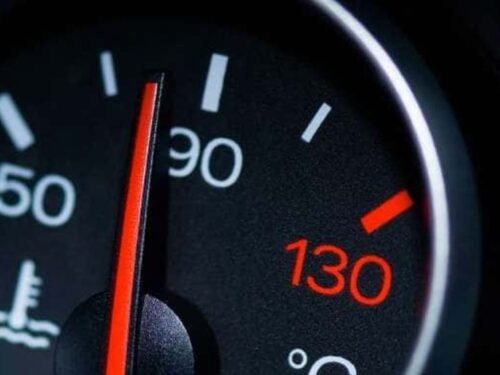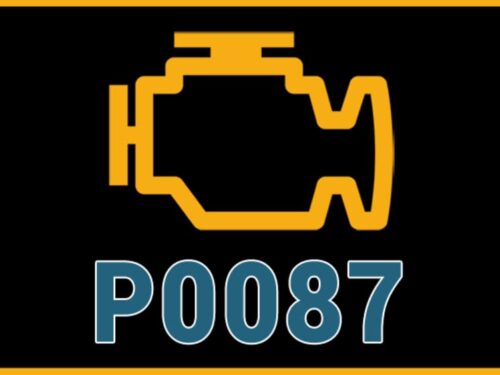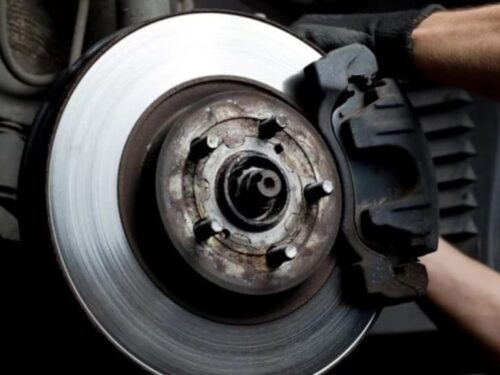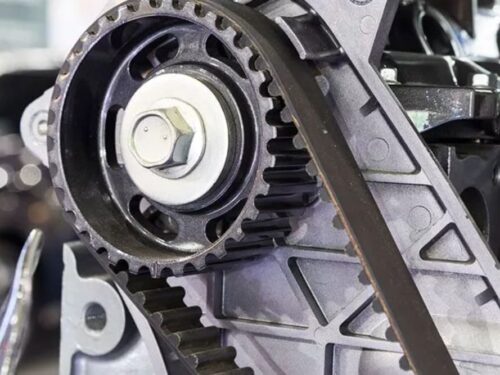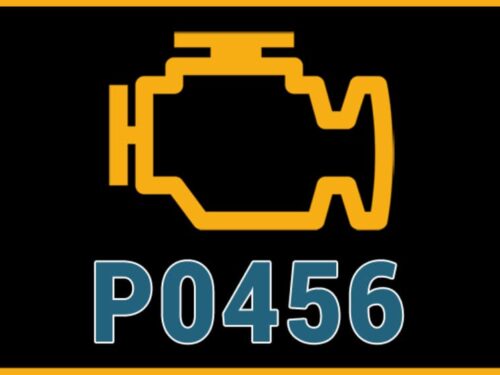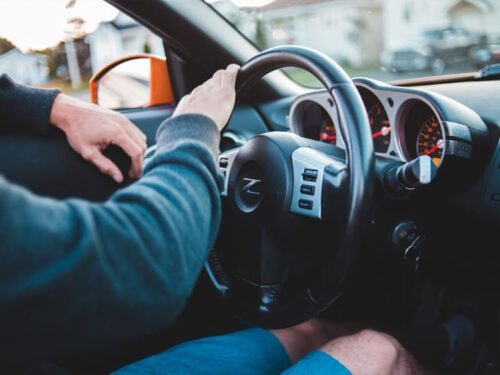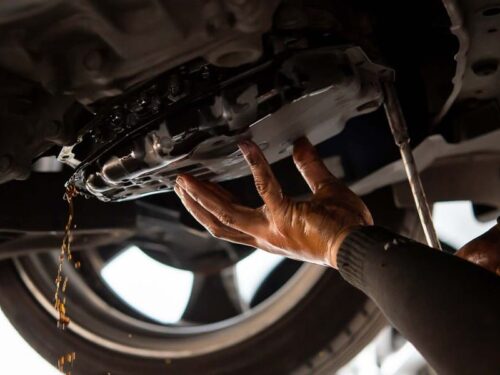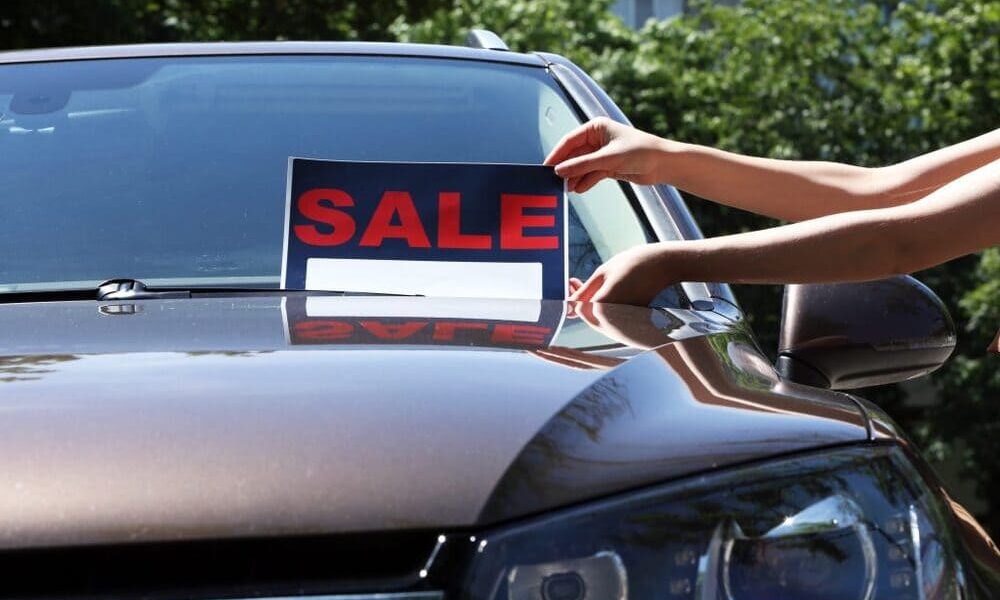
Purchasing a used vehicle can be stressful. No one wants to spend a lot of money on a used car only to realize it needs a bunch of repairs after the fact. You want to make a smart choice, but not everyone is a car expert and sometimes issues aren’t noticeable during a test drive. If the previous owner can provide a vehicle history report, that’s a bonus, but not usually the case.
Here is our used car buying checklist. It contains things anyone can watch for, whether they’re mechanically savvy or not.
Visual Checks
Even if you’re not sure what’s going on under the hood, you should always give the vehicle a thorough visual inspection.
Start with the body of the car. Walk around the vehicle and see if any of the panels look like they’re a slightly different colour than the others. If there is one, it means that panel has been repainted and it’s likely the vehicle has been in an accident. After-market paint jobs typically fade over time, compared to the factory paint. Purchasing a vehicle that has been in a fender bender isn’t always a bad thing, but if the owner isn’t honest about it, it’s probably a bad sign.
Check under the hood. Look for extremely dirty or rusted parts. Even if you don’t know much about car engines, a well-maintained vehicle should be clean and rust free. You can also look for rust around and inside wheel wells and door locks as part of your used car buying checklist inspection.
Sound Checks
Sometimes you can diagnose a car issue by the unusual noises it makes. During the test drive, make sure you drive on a freeway to see how the car feels and sounds at a higher speed. You should also listen carefully when breaking, switching gears and turning sharp corners. Clunking, flapping, grinding, knocking, hissing, rattling and squealing are not usual or healthy car sounds. If you hear these sounds, several things could be wrong with this vehicle. You can decide if purchasing a vehicle that might need repairs is something you want to do, but always have it inspected by a professional mechanic first.
Smells Checks
Bad or unusual smells can also indicate an issue when buying a used car. Here are some common smells that mean trouble:
- A burning rubber smell could mean belts are slipping or hoses are loose. They could be rubbing against drive pulleys causing that burning smell. This kind of smell can also mean there’s something wrong with the brakes.
- A burning or hot oil smell could indicate oil is leaking into the exhaust. If you smell this, look under the hood after your test drive for signs of oil splatter or even smoke. You should also inspect the seller’s driveway for signs of obvious oil leaks.
- A gas smell could mean there is a leak in the fuel tank or injector line.
- If you smell a sweet smell, it could be leaking engine coolant.
- Exhaust smell in the vehicle. If the vehicle smells like exhaust inside while driving, it probably has a leaky exhaust. This is a serious hazard has carbon monoxide may be entering the vehicle, which can cause brain damage or even death.
Always get a pre-purchase inspection.
After you follow this used car buying checklist, make sure you take the vehicle into the shop for a pre-purchase inspection. This small investment will ensure the vehicle you’re purchasing is safe, in good working order and not a lemon. The experienced, certified automotive technicians at will go over all the major components of the vehicle, inside and out, to make sure you’re making the right purchasing decision.
Courtesy of revolutionmotors


